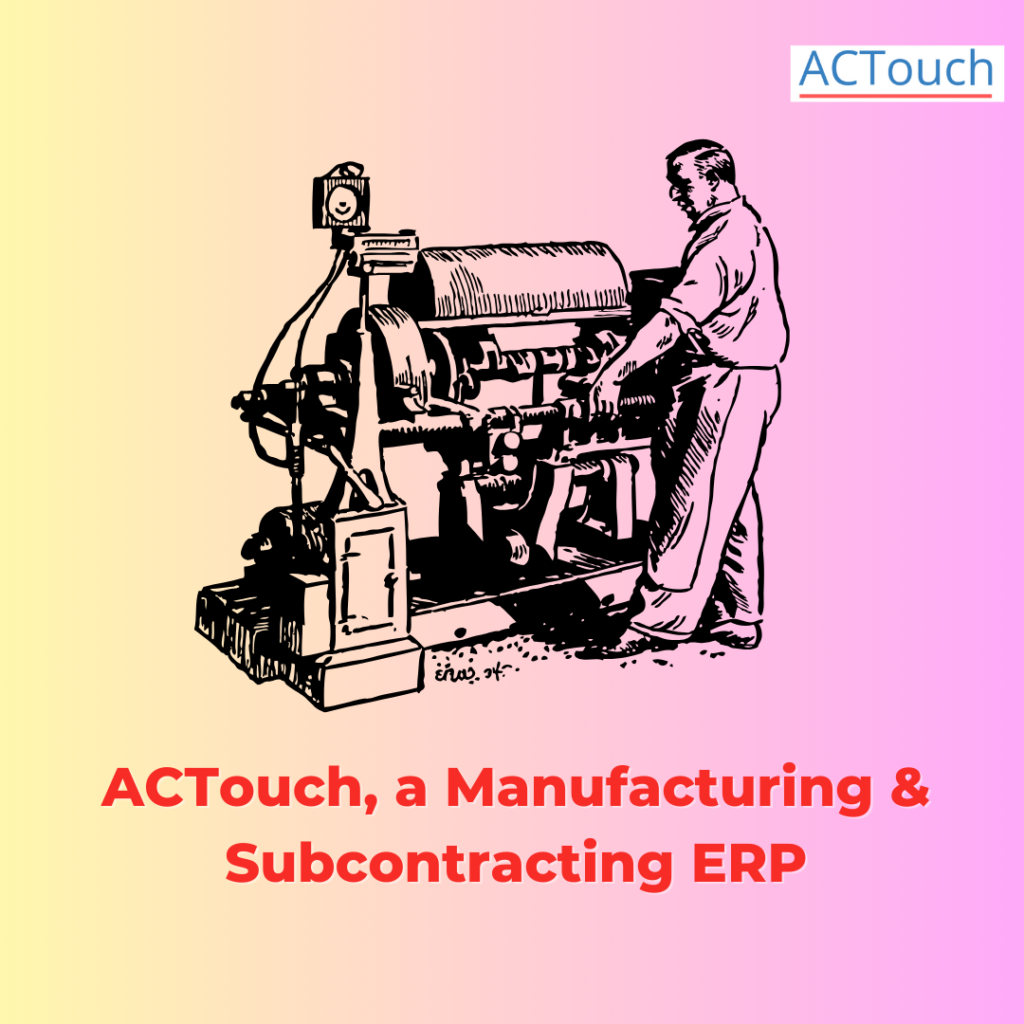Sub Assembly Manufacturing: 100% Best Guide.
Optimising processes and streamlining operations are key to staying ahead of the competition in Manufacturing. One crucial strategy that has gained prominence is Sub Assembly Manufacturing – a concept that holds the potential to revolutionize the way products are crafted and assembled. In this article, we will dive into the depths of Sub Assembly Manufacturing, unraveling its essence and showcasing how it can be a game-changer for businesses.
What is Sub Assembly Manufacturing?
Sub Assembly Manufacturing is a strategic approach that involves the creation and assembly of individual components or parts of a larger product, known as sub-assemblies, before integrating them into the final assembly. This method brings forth a structured and efficient way of handling complex manufacturing processes, enabling better control, enhanced quality, and improved productivity.
In manufacturing industries especially original equipment manufacturers follow different manufacturing methods. For example – Sub-assembly process are mainly assembling multiple components independently and later these Semi Finished sub-assemblies are assembled into a finished product /entire product assembly with testing and release to customer.
Many complex assemblies are done starting with Sub-Assembly Production focussing on minimising production costs and speed to market. This is where few components are manufactured with Subcontracting process. A strong supply chain management process with a standardised sub-assembly services with a clearly defined assembly manufacturing process and assembly tasks would help Manufacturers. Assembly process is done to improve the outputs and reduce the redundant process.
For example in aerospace industries, the equipment costs are very high and need of skilled technicians are very important. So they follow a strict subassembly manufacturing process with a clearly defined ready-to-install assemblies bought from Market or developed with the help of specialised Subcontractor network.
What is Sub Assembly?
A Sub Assembly refers to a set of components or parts that are brought together to form a functional unit, which later becomes a part of the final product. It’s like crafting a puzzle piece that seamlessly fits into the larger picture.
Sub Assembly Examples
Sub Assembly Manufacturing is versatile and finds application across various industries. Some examples include:
- In the automotive sector, sub-assemblies like engines or suspension systems are manufactured and tested separately before being integrated into the vehicles.
- Electronics industry employs sub-assemblies for circuit boards or display modules, enhancing quality control and reducing defects.
- Furniture manufacturers may create sub-assemblies for drawer units or chair frames, ensuring consistency in design and functionality.
What is the Difference Between Assembly vs Sub Assembly?
While both assembly and sub-assembly involve combining parts, the key distinction lies in scale and complexity. An assembly usually refers to the final integration of all components to create the end product. In contrast, sub-assembly involves grouping components to create intermediate units that are later integrated into the final assembly.
|
Difference Between Manufacturing and Assembly
Manufacturing encompasses the entire process of creating components, parts, or products from raw materials. Assembly, on the other hand, focuses on bringing these components together to create the final product. Sub Assembly Manufacturing bridges the gap between these two stages, offering a structured approach to streamline production and enhance quality.
The Benefits of Sub Assembly Manufacturing
Enhanced Quality Control: By testing and ensuring the functionality of sub-assemblies before final integration, manufacturers can identify and rectify defects early, leading to higher-quality end products.
Efficiency and Time Savings: Sub-assembly reduces the complexity of the final assembly process, leading to shorter lead times and improved overall efficiency.
Flexibility: Sub-assembly allows manufacturers to adapt to changing demands more efficiently, as they can modify and optimize individual sub-assemblies without disrupting the entire production process.
Cost Savings: Efficient sub-assembly manufacturing can reduce wastage, minimize rework, and optimize resource allocation, contributing to cost savings.
FAQ’s on Sub Assembly Manufacturing
1. What is Assembly in Manufacturing?
Assembly in manufacturing refers to the process of combining individual components or parts to create a complete and functional product. It involves the careful arrangement, fitting, and fastening of parts to achieve the desired functionality and design. Assembly is a pivotal stage that marks the culmination of various manufacturing processes, transforming raw materials and components into finished products.
2. What is Sub Assembly Manufacturing?
Sub Assembly Manufacturing is a strategic approach within the broader manufacturing process. It involves creating smaller, self-contained units or sub-assemblies of components that are then integrated into the final product. Sub-assemblies are like building blocks that are pre-assembled and tested before being combined into the larger assembly. This method streamlines production, enhances quality control, and facilitates efficient integration.
3. Is Subassemblies Considered Manufacturing?
Yes, Subassemblies is indeed considered a vital part of the manufacturing process. While manufacturing encompasses a range of activities from creating individual components to assembling them into a final product, assembling is a critical step in the overall production journey. It involves carefully putting together components in a precise manner to create a functional product.
4. Sub-Assembly Meaning?
Sub-assembly refers to the process of assembling a smaller unit or module that is part of a larger assembly. It involves bringing together a set of components that work harmoniously to fulfill a specific function. Sub-assemblies are pre-fabricated units that are later integrated into the final product during the assembly process.
5. What is Meant by Sub-Assembly Systems?
Sub-assembly systems refer to the organized and structured approach of creating and managing sub-assemblies within the manufacturing process. These systems involve designing, manufacturing, and testing sub-assemblies separately before incorporating them into the final product. Sub-assembly systems enhance efficiency, quality, and flexibility in the manufacturing process.
The Significance of Assembly and Sub-Assembly
- Precision and Quality: Both assembly and sub-assembly contribute to the precision and quality of the final product. Precise assembly ensures proper functioning and durability, while sub-assembly allows for thorough testing and validation of components.
- Efficiency: Sub-assembly manufacturing enhances efficiency by breaking down complex products into manageable components. This enables parallel processing and reduces overall production time.
- Customization: Sub-assemblies can be customized and fine-tuned independently, offering flexibility to adapt to changing customer requirements or market trends.
- Reduced Errors: Sub-assembly testing helps identify defects or errors early in the production process, minimizing rework and wastage.
- Resource Optimisation: Sub-assembly systems optimize resource allocation by allowing specialized teams to focus on specific components, leading to improved utilization and expertise.
Assembly and sub-assembly manufacturing are integral aspects of the manufacturing process, each contributing to the creation of high-quality products. While assembly brings together components to form the final product, sub-assembly manufacturing enhances efficiency, quality control, and customization. Embracing these approaches empowers businesses to streamline production, deliver superior products, and remain competitive in the ever-evolving manufacturing landscape.
In the competitive landscape of modern manufacturing, Sub Assembly Manufacturing emerges as a strategic approach that fosters quality, efficiency, and adaptability. By crafting and perfecting individual sub-assemblies, businesses can achieve seamless integration, enhanced product quality, and an edge in delivering innovative solutions to customers.


